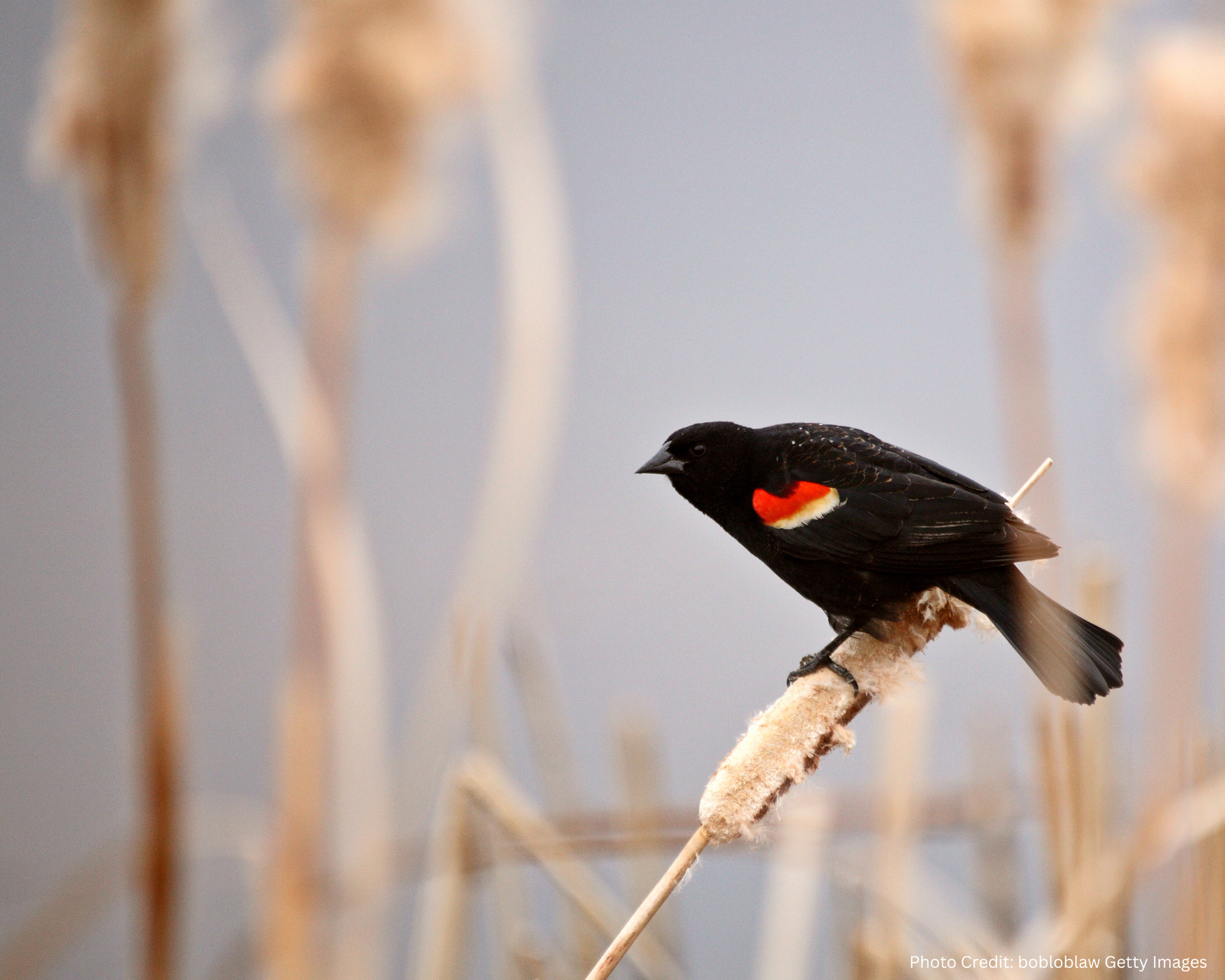June 7, 2024
Things are about to get a whole lot tougher for Saskatchewan’s wetland birds. Wetlands are a vital component of ecosystems, with habitat in prairie pothole wetlands critical for numerous organisms, from birds to amphibians to invertebrates, including a suite of insects beneficial to crop production as pollinators or for preying on pests.
Decades of wetland drainage, both in Saskatchewan and in other prairie provinces, has resulted in extensive loss of prairie wetland habitat. While this varies from place to place, as much as 70% of wetland area has been lost in some areas. Contrary to what the province of Saskatchewan’s recent ad campaign would like you to believe, best available estimates for the Prairie region indicate wetlands are being lost at a rate exceeding 10,000 hectares each year. If you are keeping track, this amounts to 25,000 football fields worth of wetlands — lost every year — many of them in Saskatchewan.
Saskatchewan is the only prairie province without a wetland conservation policy. Manitoba is working toward maintaining wetland area through their no net-loss approach. In response to worsening drought conditions, Alberta recently announced an initiative to fund wetland restoration projects. Meanwhile in Saskatchewan, the province’s Water Security Agency is charging ahead with a policy that will promote extensive wetland drainage, while affording few protections to these natural features which provide extensive services for society.
The science on what we can expect with continued loss of wetlands from rural landscapes and expanding urban footprints is clear. Beyond the destruction of valuable habitat for birds and other organisms, loss of wetlands will limit groundwater recharge, increase flooding, and contribute to enhanced nutrient pollution in our streams and lakes. The presence of wetlands on the landscape also provides carbon storage, and natural cooling, an increasingly important function in light of record high summer temperatures in recent years.
If you think it is strange that the provincial agency tasked with protecting water quality, and reducing flood and drought damage, among other water security concerns, is taking action that will impair its ability to meet its own responsibilities, you would not be alone. Ongoing wetland drainage will enhance threats to water security in a province facing a multitude of water security challenges. Globally, as jurisdictions including the European Union, and even our provincial neighbours are looking carefully at maintaining and restoring wetlands as part of the solution to present environmental and economic challenges, it is hard to reconcile that Saskatchewan is doing the opposite.
The Saskatchewan Water Security Agency is moving towards a target that will allow drainage of 50% of remaining pothole wetlands in Saskatchewan. This will not occur without costs to residents of the province. The $2 billion Sumas Prairie (British Columbia) flood of 2021 centred on the site of a former lake and wetland complex that had been drained. Continued pothole wetland drainage will increase flows, promote erosion and infrastructure damage, and raise flood risks. We can also anticipate risks of worsening water quality in our streams and lakes, and challenges in maintaining drinking water supplies that could face worsening risks of algae blooms, salinity issues, and carcinogenic disinfection byproducts. Sorry Manitoba, as our downstream neighbours you can expect these challenges to spread to your backyard too.
For birds calling pothole wetlands home during part of the year, the writing is on the wall. Estimates suggest losses of upwards of 50% of wetland birds and dabbling ducks with loss of only 30% of wetland area. In some areas this level of wetland loss has already occurred, but these populations will continue to decrease with additional drainage. With wide ranging impacts of wetland drainage inevitable, maybe it isn’t just the wetland birds who should be alarmed.
Author
Dr. Colin Whitfield
Assistant Professor
University of Saskatchewan

